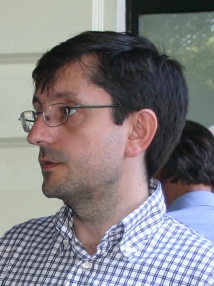BibTex format
@article{Beguerisse:2016:10.1098/rsif.2016.0409,
author = {Beguerisse, Diaz M and Desikan, R and Barahona, M},
doi = {10.1098/rsif.2016.0409},
journal = {Journal of the Royal Society Interface},
title = {Linear models of activation cascades: analytical solutions and coarse-graining of delayed signal transduction},
url = {http://dx.doi.org/10.1098/rsif.2016.0409},
volume = {13},
year = {2016}
}

